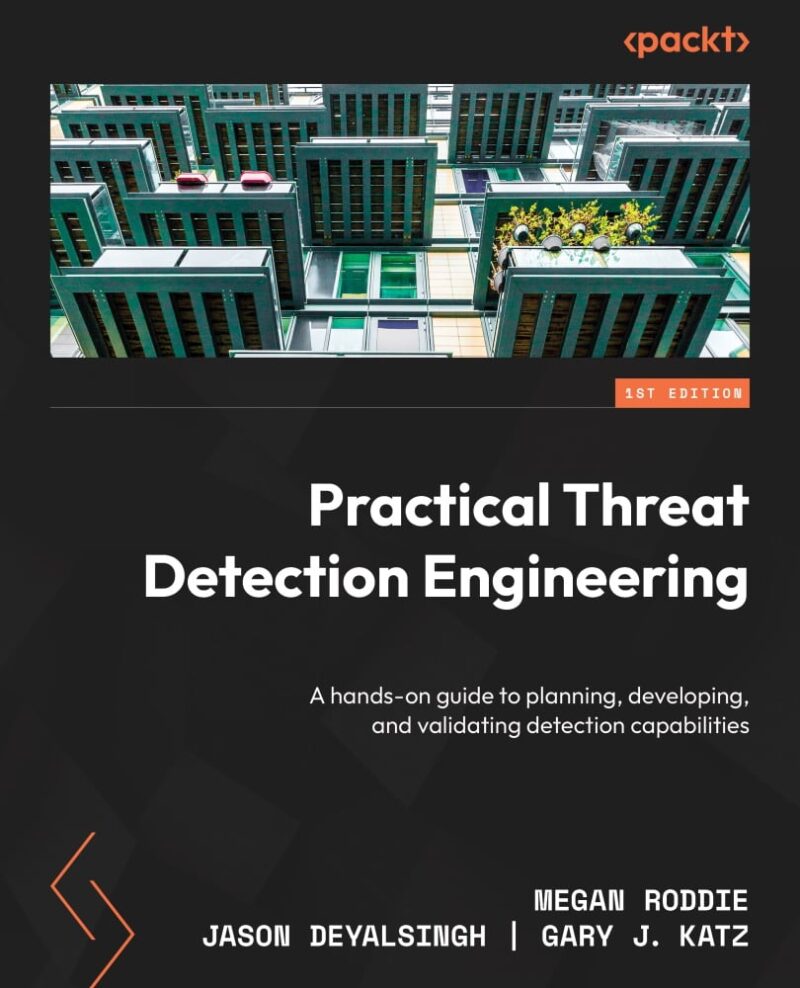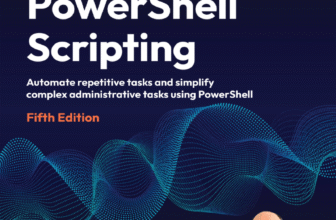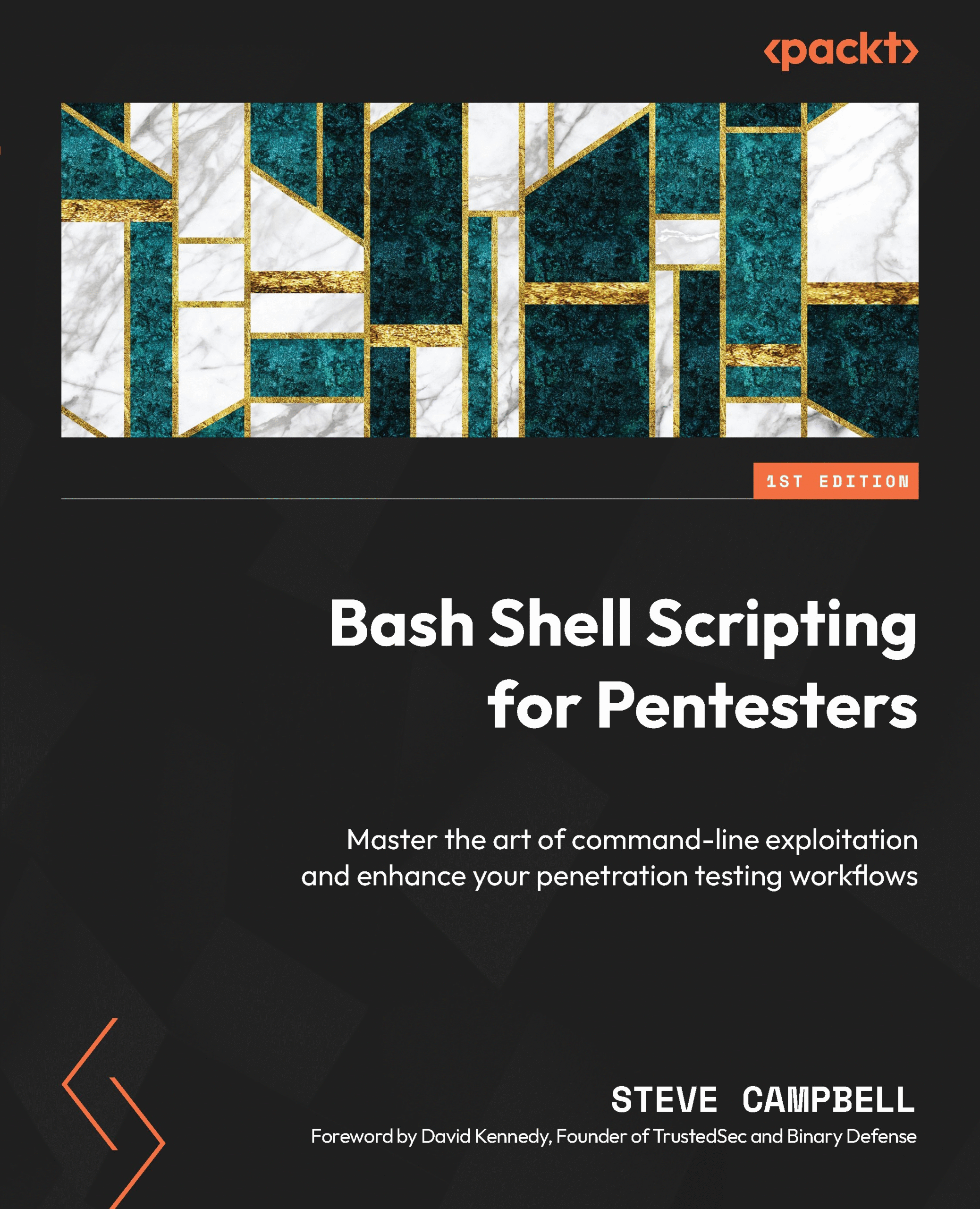Practical Threat Detection Engineering: Build & Validate Detection Capabilities
Introduction
In today’s digital threat landscape, Threat Detection Engineering isn’t optional- it’s essential. Cyberattacks grow more sophisticated daily, and organizations must build detection systems that are not just reactive but resilient. If your detection pipeline has holes, false positives, or outdated logic, adversaries will exploit them.
This article is for SOC analysts, threat hunters, detection/security engineers, and cybersecurity professionals who want to elevate their skills in planning, developing, and validating detection capabilities. Whether you’re just starting out in detection engineering or refining existing programs, this guide will help you apply practical strategies and tools.
Key Takeaways
- Understand the full detection engineering lifecycle and how each phase adds value.
- Learn how to build a detection test lab using open-source tools.
- Discover methods to develop effective detection rules via both indicators of compromise and behavioral indicators.
- Gain frameworks and metrics for validating detection performance and improving over time.
- Explore how to align threat intelligence and documentation with detection pipelines for better defendability and auditability.
About the Book
Practical Threat Detection Engineering: A hands-on guide to planning, developing, and validating detection capabilities (2023) by Megan Roddie, Jason Deyalsingh, and Gary J. Katz is a modern, application-oriented cybersecurity book focused squarely on detection engineering. What the book actually teaches:
- How to map requirements (organizational, threat, regulatory) into detection plans.
- How to build detection pipelines, labs, and test environments.
- How to develop detection logic: both static signatures and IOC-based detection, plus behavioral/TTP-based detection.
- How to validate detection logic via realistic tests, purple team exercises, metrics like efficacy/precision/recall.
- How to manage and scale detection programs: documentation, performance metrics, threat intelligence integration, and career growth.
The content is organized in five “Parts”:
- Introduction to Detection Engineering — foundations, life-cycle, lab setups
- Detection Creation — data sources, investigative requirements, behavioral/IOC detection, documentation & pipelines
- Detection Validation — purple team, adversary simulation,.testing methods
- Metrics & Management — measuring effectiveness, efficiency, maturity
- Detection Engineering as a Career — roles, skills, future trends
Why it matters today: attacks are more automated and polymorphic; false positives fatiguing; SOC budgets under pressure. This book offers concrete labs and examples to close the gap between theory and operational detection engineering.
Book Details
| Field | Value |
|---|---|
| Title | Practical Threat Detection Engineering: A hands-on guide to planning, developing, and validating detection capabilities |
| Authors | Megan Roddie; Jason Deyalsingh; Gary J. Katz |
| Publisher | Packt Publishing Ltd |
| Year | 2023 |
| Edition | First edition |
| Pages | 328 |
| ISBN | 13: 978-1801073646; 10: 1801076715 |
| Formats | Print, eBook (PDF / ePub / Kindle etc.) |
| File Size | ~11 MB (eBook versions) / varies by format |
| Language | English |
| Official URL | Packt Publishing |
About the Author(s)
Megan Roddie
Megan Roddie is an experienced information security professional with a diverse background in incident response, threat intelligence, and detection engineering. She’s a SANS Institute course author and instructor, contributing research and training in cloud incident response and forensics.
Jason Deyalsingh
Jason Deyalsingh has over nine years in cybersecurity, with substantial work in digital forensics and incident response (DFIR). He also works on detection engineering, emphasizing investigative requirements and leveraging tools for detection creation.
Gary J. Katz
Gary J. Katz contributes to cybersecurity by focusing on detection engineering, operational security, and integrating threat intelligence and metrics into security programs.
Table of Contents
- Part 1: Introduction to Detection Engineering
- Fundamentals of Detection Engineering — Introduces the foundational concepts, terminology, and guiding principles of detection engineering. Readers will learn why structured detection is critical for modern SOC operations and how strong detections improve security outcomes.
- The Detection Engineering Life Cycle — Breaks down the six phases (Requirements Discovery → Triage → Investigate → Develop → Test → Deploy) into practical workflows. Each stage is supported with an exercise to understand organizational needs and refine detection logic before production.
- Building a Detection Engineering Test Lab — Walks through setting up a realistic detection test environment using the Elastic Stack and Fleet Server. Readers get step-by-step guidance to simulate attacks, build their first detections, and validate tools in a safe environment.
- Part 2: Detection Creation
- Detection Data Sources — Explains the role of telemetry and log sources in powering detection rules. Discusses common integration challenges, strategies for high-quality data collection, and hands-on practice in adding new sources.
- Investigating Detection Requirements — Provides methods for systematically discovering, triaging, and analyzing detection requirements. Readers will learn how to evaluate detection priorities aligned with organizational threat models.
- Developing Detections Using Indicators of Compromise — Demonstrates how to craft detection rules from IOCs like hashes, domains, and IPs. Includes a lab exercise to apply IOCs in practical detection scenarios.
- Developing Detections Using Behavioral Indicators — Moves beyond static IOCs to behavioral patterns such as adversary TTPs. Teaches detection engineers how to recognize attacker toolkits and persistence techniques in telemetry.
- Documentation and Detection Pipelines — Covers best practices for documenting detections, maintaining a detection repository, and implementing detection-as-code pipelines to ensure reproducibility and scalability.
- Part 3: Detection Validation
- Detection Validation — Details the process of validating detections with purple team exercises and adversary simulation. Readers will learn how to use validation results to tune detections and reduce false positives.
- Leveraging Threat Intelligence — Shows how to integrate open-source and commercial threat intelligence into detection workflows. Practical exercises highlight using threat assessments to inform detection coverage.
- Part 4: Metrics and Management
- Performance Management — Teaches how to measure the maturity and efficacy of a detection engineering program. Covers KPIs like detection efficiency, precision, and noise reduction, with guidance on presenting metrics to leadership.
- Part 5: Detection Engineering as a Career
- Career Guidance for Detection Engineers — Provides career roadmaps, skill-building advice, and insights into the future of detection engineering. Readers gain strategies to land roles, grow expertise, and stay relevant in an evolving field.
Key Highlights / Summary
- Detection Engineering Lifecycle as a roadmap
Insight: The life cycle phases help avoid common gaps.
Real-world application: Map your current organization’s detection process and plan improvements. - Building a test lab is non-negotiable
Insight: Labs allow you to simulate telemetry, behave adversarially, test detection rules.
Exercise: Set up Elastic Stack (or similar), ingest sample logs, test both IOC and behavior rules. - Use of both IOC and behavioral detection
Insight: IOC catch known threats; behavior catches novel ones.
Exercise: Reproduce known IOC rule; then add behavior detection based on TTP descriptions. - Validation & metrics increase trust and effectiveness
Insight: Metrics help measure what works / what doesn’t.
Exercise: Compute precision, recall or coverage for your detection rules; adjust based on results. - Threat Intelligence & Documentation amplify impact
Insight: Intel keeps content current; docs ensure repeatability/auditability.
Exercise: Integrate threat Intel feed; document one detector rule fully; version control it.
Expert Review
Strengths
- Strong hands-on labs and real-world examples that make theoretical concepts actionable.
- Covers full lifecycle: from definition of requirements through validation and deployment.
- Good mix of IOC-based and behavior/TTP-based detection logic.
- Emphasis on metrics and performance measurement, often under-covered in detection books.
- Practical setup (lab infrastructure) with guidance for Elastic Stack etc.
Weaknesses / Limitations
- Some tools are Elastic-focused; users of different stacks may need to adapt parts.
- Assumes basic familiarity with security logging / telemetry; absolute beginners may find parts accelerated.
- Depth of certain topics (e.g. advanced adversary simulation or ML-based detection) is not exhaustive.
- Lab environments may not precisely mimic scale / noise of large enterprise settings.
- No large coverage of cloud-native detection or containerized threats until adaptation.
Star Ratings
| Category | Rating | Justification |
|---|---|---|
| Content Depth | 4.5 / 5 | Thorough lifecycle and validation coverage; frontier topics lightly touched. |
| Practicality | 5 / 5 | Labs, exercises, clear advice make it very useful. |
| Readability | 4 / 5 | Generally accessible; some sections assume background experience. |
| Value-for-Money | 4.5 / 5 | High return for practitioners due to actionable content. |
Who Will Struggle with This Book and Why?
- Absolute beginners in cybersecurity may struggle with assumed background in logging, tools.
- Organizations without flexible lab environments may find full lab replication hard.
- Users stuck in proprietary or legacy pipelines need adaptations.
- Non-technical managers may find the technical depth heavy; better used as reference or summary.
Who Should Read This Book?
| Persona | How It Benefits Them | Focus Chapters / Sections |
|---|---|---|
| SOC Analyst | Improve detection rules; reduce false positives | Chapters 6-7, 9 |
| Threat Hunter | Detect TTPs & behavioral threats not caught by signatures | Chapter 7, 10, 9 |
| Security Engineer | Build pipelines & detection-as-code; integrate into operations | Parts 2 & 4 |
| Incident Responder / DFIR | Convert forensic insights into detection logic | Chapters 5, 6, 9 |
| Security Manager / CISO | Define metrics; track program maturity; resource allocation | Chapter 11, 2, 4 |
| Student / Newcomer | Learn end-to-end with labs | Parts 1-3 |
| Educator / Trainer | Build labs, teaching modules, assessment | Exercises in Chapters; labs |
| Tool Owner / Vendor | Align product with detection engineering best practices | Data sources; pipelines; detection-as-code; metrics |
Related Resources / Books
- Practical Threat Detection Engineering – deep dive into threat detection. [Visit Article]
- Linux for System Administrators – Build strong, practical skills System Administration. [Visit Article]
Frequently Asked Questions
Q: Is prior experience required for Threat Detection Engineering?
A: Yes, the book assumes basic cybersecurity knowledge: how telemetry (logs, network, host) works, basic security tools. But it provides foundational sections in Part 1 to get you oriented.
Q: Which tools or platforms are needed to apply the book’s examples?
A: You’ll need an environment to ingest and analyze logs (Elastic Stack / similar), ability to simulate telemetry, threat-intel sources (open source feeds), and ideally infrastructure to run labs or combine simulated and real data.
Q: Does the book cover cloud-native detection (serverless, containers, cloud logs)?
A: It includes data source topics and challenges, but its labs lean more towards Elastic Stack and host/network telemetry. Cloud-native content may require adaptation.
Q: How can I validate detection effectiveness in practice?
A: Use purple-team exercises, adversary simulation tools (e.g. Atomic Red Team, CALDERA), collect metrics like precision, recall, false positive rate, coverage; compare to baseline. Chapter 9 is devoted to validation.
Q: Are the code & lab materials available?
A: Yes, the publisher provides example code and lab asset downloads. Use them to replicate the book’s labs. (See Download / Code section above.)
Q: Will this book help me get a detection engineering job?
A: Definitely, it includes chapters on career guidance (skills, roles, future expectations), and many hands-on labs and exercises that you could point to in interviews or portfolio work.
Q: Is the Kindle/eBook version legal and full content?
A: Yes, purchasing from Packt or official retailer gives you full content. Samples/excerpts may be available; always ensure you’re getting the official version.
Q: Does Threat Detection Engineering address insider threats / novel attacks?
A: Yes, behavioral indicators and TTPs help detect novel or insider activities. But for highly targeted insider threat programs, you may need additional specialized content.
Download
Download — Practical Threat Detection Engineering (PDF)
Format: PDF (eBook)
File size: varies by edition
Short disclaimer:
This download is presented for educational purposes only. Always support the author and publisher by purchasing the official edition if you find the material useful. Unauthorized distribution or piracy harms authors and the community.
Download the Code
Publisher provides example code & lab assets. Repo link: [link to official repo].
Actionable Study Plan / Curriculum (8-Week)
| Week | Goals / Topics | Checkpoints / Deliverables |
|---|---|---|
| Week 1 | Fundamentals & Life Cycle | Diagram of lifecycle with your organization’s detection process & gaps. |
| Week 2 | Lab Setup & Data Sources | Lab: ingest host, network, and process logs; document data quality. |
| Week 3 | Investigating Requirements | Detection requirement spec document for selected threat or incident. |
| Week 4 | IOC-based Detection Rules | At least two IOC-based rules built & tested; false positives measured. |
| Week 5 | Behavioral / TTP Detection | Behavior detection rules + lab report. |
| Week 6 | Documentation & Pipelines | Pipeline integration; documents for two rules. |
| Week 7 | Validation & Threat Intel | Case study of validation exercise; metrics report. |
| Week 8 | Metrics, Management & Career | Dashboard or report; personal career roadmap. |
Conclusion
Practical Threat Detection Engineering offers an excellent, hands-on roadmap for anyone serious about building reliable detection systems. It bridges theory and practice with labs, metrics, and validation frameworks. If you’re a practitioner in detection, SOC, or security engineering, this book can accelerate your capability to reduce threats, improve detection accuracy, and defend your environment more proactively.
Next Steps: Buy or get access to the official copy, set up your lab, work through the study plan above. Try at least one detection rule per week, measure performance, and iterate.
Was this article helpful?
Please leave a quick comment, submit recommendations and suggestions.
Share this review with your fellow tech enthusiasts, drop your thoughts in the comments, and don’t forget to follow us for more cybersecurity book reviews and guides!
Free Download








